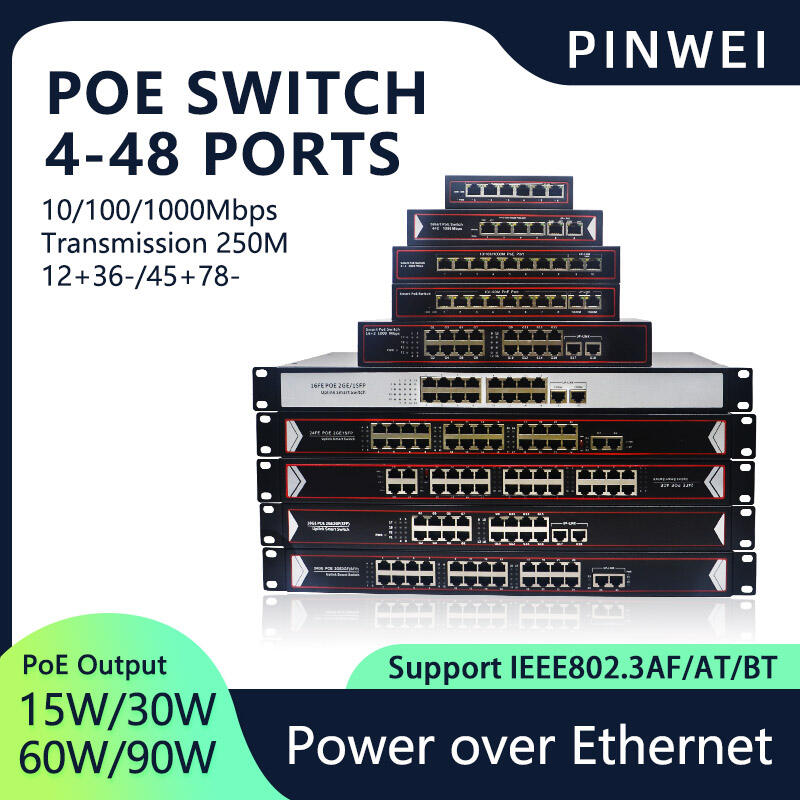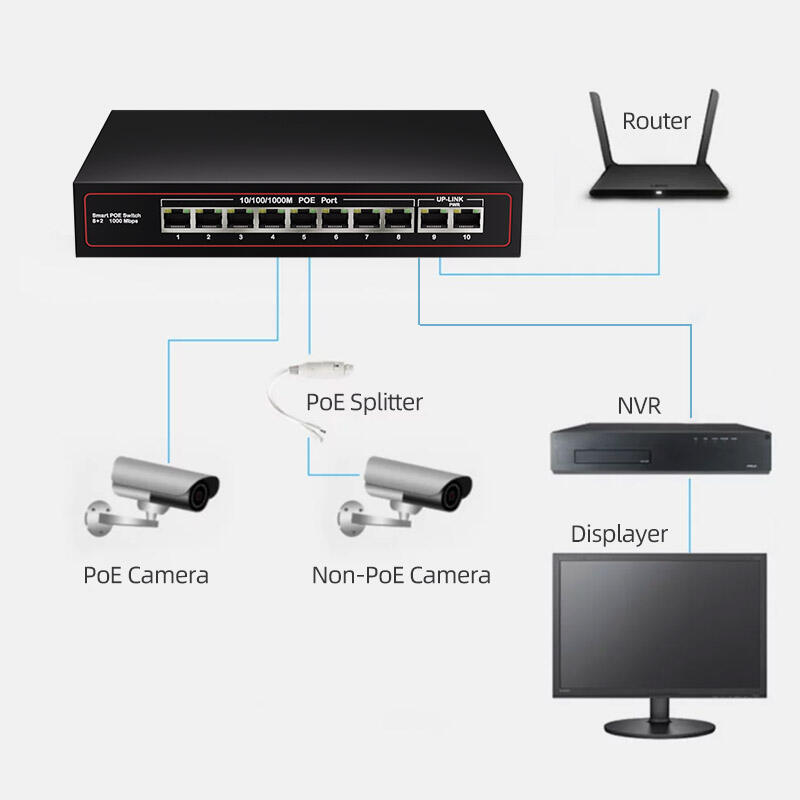
A poe switch board is the core circuit board within a PoE switch, responsible for managing data transmission and power delivery over Ethernet cables, integrating components such as PoE controllers, Ethernet transceivers, and power management circuits. The design and quality of the poe switch board directly impact the switch's performance, efficiency, and reliability, making it a critical component in PoE networking solutions. Shenzhen Dasheng Digital Co., Ltd., with its expertise in electronics manufacturing, produces high-quality poe switch boards that are engineered to meet 802.3 af/bt standards, ensuring compatibility with a wide range of PoE devices. These poe switch boards feature optimized layouts to minimize signal interference and maximize power efficiency, using selected components to guarantee stable operation even in demanding environments. The company's 15 years of experience in industrial-grade communication equipment allows them to design and produce poe switch boards with advanced features such as overcurrent protection, short-circuit protection, and thermal management, enhancing the overall safety and durability of the PoE switch. Whether for standard or customized PoE switches, the poe switch board from Shenzhen Dasheng Digital Co., Ltd. is a testament to their commitment to quality and innovation in networking technology.
